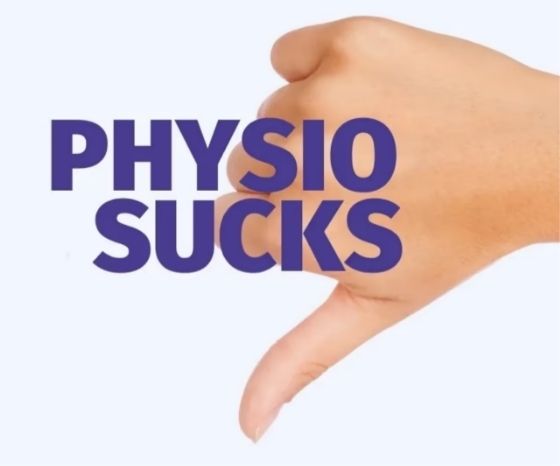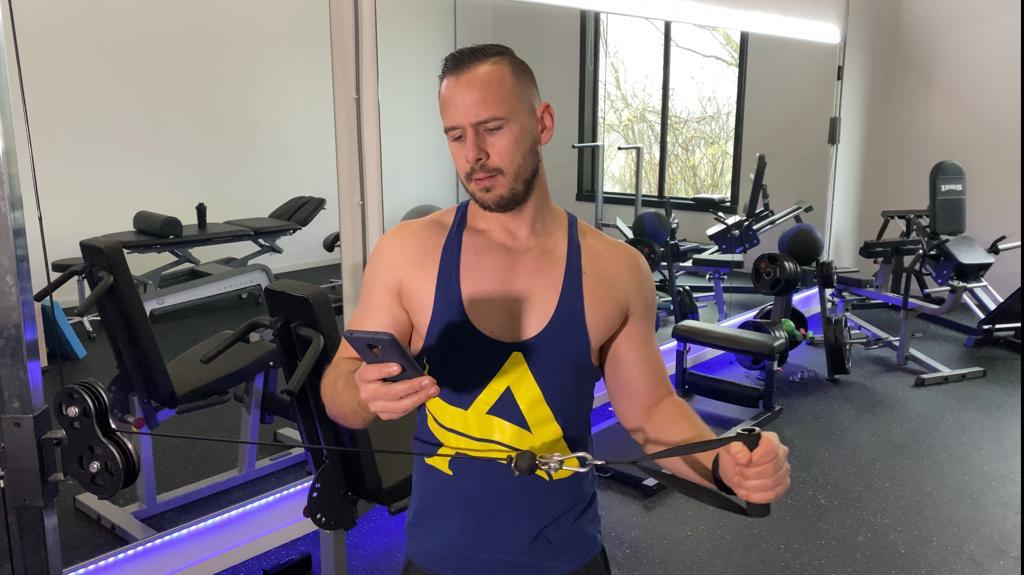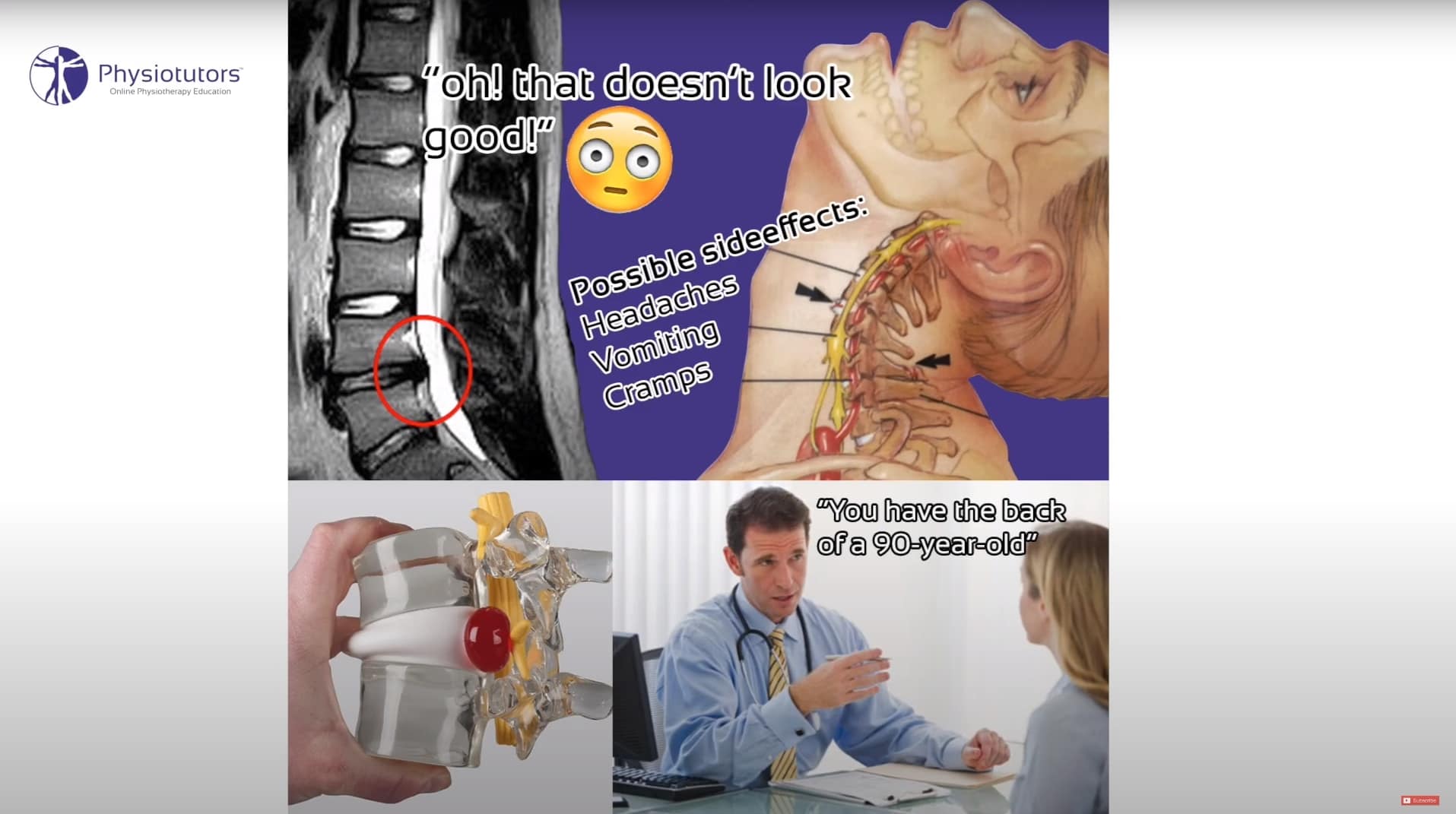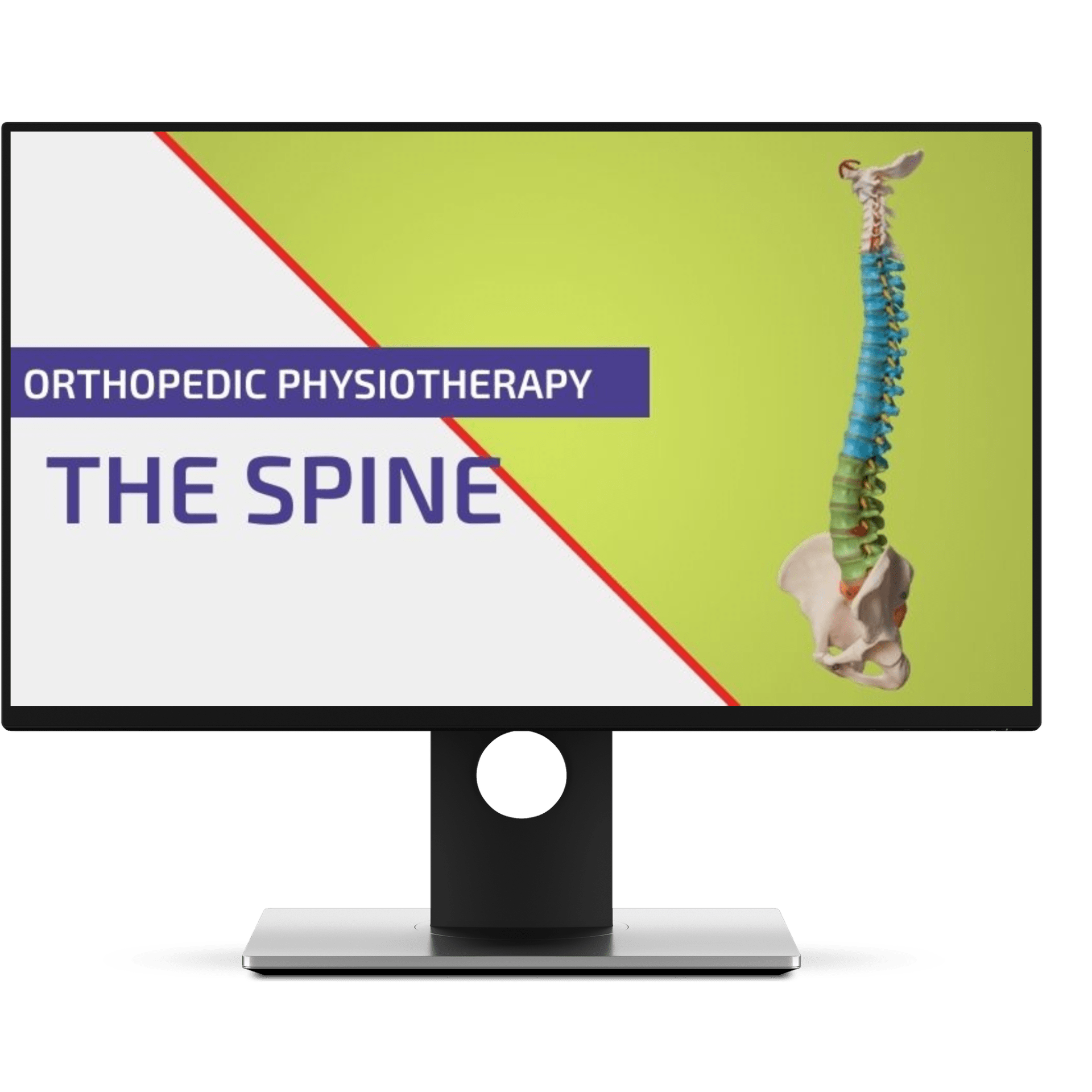5 Reasons Your Therapy Sucks

In this blog post, we will talk about the 5 reasons your therapy sucks – mistakes we commonly see in practice that prevent us from providing the best possible physical therapy session for our patients. Curious if you’re committing any of them? Let’s check them out! If you’d rather watch/listen, then click on our YouTube video below:
First of all, I gotta mention that this blog is not intended to bash any colleagues or to say that we are perfect. This video is based on what we’ve seen in different practices in the last couple of years and what I’m hearing from patients who have often seen several other colleagues before they end up seeing me. And to be honest, I’ve pretty much committed all of the mistakes not only once but several times throughout the years. Let’s start!
Mistake number 1: Not being evidence-based/up to date

With the sheer amount of great content that is out there in free papers and on social media, we sometimes forget that there are practitioners out there who don’t read any papers and who don’t consume any social media content related to physiotherapy. And I get it: Seeing patients for 40 hours per week is hard and we don’t get paid to study during our free time. But not being up to date with the latest evidence will surely lead to inferior results, especially if you keep doing what you’ve been doing for the last 30 years. No amount of „experience“ can replace that. So I urge you to follow some leaders in the field on Twitter or other channels, search for answers on Pubmed when you encounter a clinical question and book a course or two per year to keep learning.
Tip: Check out our free research reviews regularly. You can also get our latest research reviews in your inbox automatically every Monday.
Tip: Check out our free research reviews regularly. You can also get our latest research reviews in your inbox automatically every Monday.
Mistake no 2: Focusing on short-term gains

We live in a world where people are looking for „the secret“ to losing weight in 14 days to become rich overnight and also to fix their pain instantly. Just look at all of the bullshit you see on social media and advertisements on a daily basis. The truth is: There are no shortcuts in life – whether you want to lose weight, gain muscle, become a millionaire or build a following on social media. And yet again, we fall victim to the belief that we can „fix“ our patients by this one special manipulation technique, fascial release, kinesiotape, dry needling, or whatever the patient believes is gonna fix them.
And again, I get it: Many patients want a quick fix and it can cost a lot of energy to convince a patient that he or she will have to invest time and effort into their journey to health. But I urge you to stand your ground and to present patients with a rehab plan in which they have to take on an active role. A plan in which you are the coach, not the star player, a plan that is focused on building resilience and dealing with biopsychosocial issues in their life that impair their health. And of course, this way, you will have patients walking away to see the physio next door who will offer them the magic placebo fix. But believe me, it’s a great filter to end up working with patients who are motivated and a good way to prevent burnout on your side. At the end of the day, I’m fine with patients who have a different belief and whom I just couldn’t convince of my perspective. And who knows: Maybe they’ll come and see you one day when they’re ready for change.
Mistake no 3: Overcomplicating things
I’m not sure where this is coming from but my guess is that we want to impress our patients and our colleagues that we are knowledgeable and educated. Maybe it’s because we are sometimes not as respected as a doctor or other health professionals and we need to boost our ego. Or it’s because there is a lot of misinformation and guruism out there on social media channels that you follow. Such an overly complicated session often starts with a very extensive assessment focused on a tissue-based diagnosis, followed by exercises that try to activate certain muscle groups and deactivate others.

It continues by overcorrecting every little “movement flaw” that we see when our patients perform an exercise instead of motivating them to exercise in the first place. Think about all the times you tried to correct a butt wink during a squat, have your patient perform scapula depression during shoulder abduction, a draw-in maneuver of the transverse abdominis during getting up from a chair, and other exercises that neglect the basic principles of motor learning.
These sessions will leave patients with a feeling that they need someone else to work on their problem because they could never do this own their own, completely robbing them of their self-efficacy.
Personally, we try to keep things as simple as possible: Exclude serious pathology and shift the assessment focus on modifiable factors such as strength, endurance, balance, mobility, and so on. Think about how you can calm down the patient’s nervous system in the short term, but mainly build up self-efficacy and resilience in the long term. This means focusing on exercises that gradually load the sensitive body part in combination with basic exercises that improve the patient’s capacity. At the end of the day, exercises should be relevant and enjoyable for your patients and obviously, not everyone enjoys working out at a gym. So if you can get your patients to move more on a daily basis you have already achieved a lot!
Mistake no 4: Chronically underloading patients

While most physiotherapists do provide an exercise program for their patients, it’s often completely under-dosed, irrelevant, and not progressive. While a simple shoulder external rotation exercise might be enough for some patients with rotator cuff tendinopathy to improve symptoms, it’s very unlikely that this will prepare a competitive tennis player for his or her tournament season. There has to be a transfer between the exercises and the valued activities a patient wants to get back to following the principle of specificity. In my personal opinion, physiotherapy programs focus too little on high-load exercises and I have gained most knowledge from strength & conditioning research and from performing high-level sports and working out in the gym myself.
The second reason why we chronically underload patients is that we are shying away from pain, although research shows that acceptable levels of pain might even be beneficial during rehab programs. Probably the worst thing about this fear of pain is that we can transfer the belief that “pain” is inherently bad to our patients.
So how can we do better? Think about the valued activities that your patients want to get back to and try to make the exercise program as specific as possible, gradually increasing intensity, set, reps and movement difficulty. Don’t shy away from pain, but actually encourage your patients to push the envelope as long as their pain levels drop within 24 hours.
Mistake no 5: Not watching our language

We have saved the probably worst mistake for last, which is not watching our language when we communicate with patients. Terms like “neurological”, “impingement”, “inflammation” etc. are common medical terms, but they can often be misinterpreted by patients and induce fear. Much research has been published on the negative nocebic effects that can be induced when we use outdated terms such as “wear-and-tear”, “jelly donut” for a disc herniation, or “bone on bone”. At last, diagnostic imaging can have a huge negative impact on patients when the results are not properly explained and interpreted in the light of “abnormalities” seen in the asymptomatic population.
So what can we do about this? Train yourself in using simple language and replace possibly harmful terms such as “tissue damage” with more positive alternatives such as “tissue sensitivity” or “inflammation” with “irritation”. It’s always a good idea to explore a patient’s beliefs about their health issue and to discuss imaging findings together.
A great way to conclude your session is to have your patient summarize your explanation about their health problem. This way you can make sure they have correctly understood you and you can pick out any misunderstandings.
Orthopedic Physiotherapy of the Spine
- Learn how to diagnose & treat the most common spinal pathologies
- Create clinical patterns, solve case studies & pass the quizzes
- Accredited in the Netherlands (40 points), Belgium, UK & US

Summary
A session that sucks is a session that is based on outdated research and does not provide the most effective treatment option based on scientific literature that is in line with your clinical expertise and patient preference. It’s focused on instant pain relief rather than on building resilience in the long term. It’s overly complicated to focus on fixing issues that the patient didn’t even know he or she had before seeing a physio. A bad session chronically underloads the patient due to a fear of causing more pain instead of gradually preparing the patient to return to his or her valued activities. At last, a bad session leaves the patient worse than before as scary terms are thrown around without an adequate explanation.
A great session on the other hand is based on evidence and focuses on increasing a patient’s resilience and self-efficacy through a simple progressive loading program that prepares a patient for his or her valued activities. It encourages patients with positive language, while it doesn’t trivialize a patient’s health problem.
As always, thank you so much for reading!
Kai

Kai Sigel
Co-founder & CEO of Physiotutors
NEW BLOG ARTICLES IN YOUR INBOX
Subscribe now and receive a notification once the latest blog article is published.







